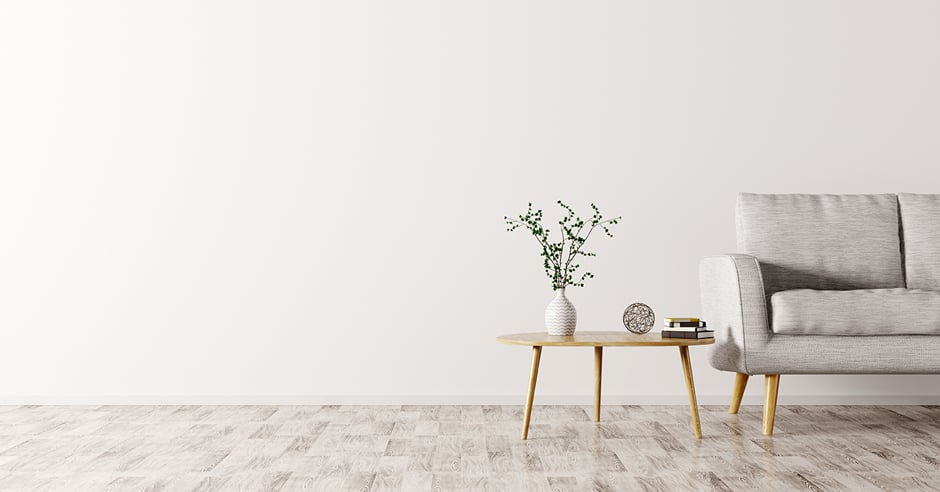Many of us may wish we could minimize our belongings, the clutter in our home, and the overall expanse of our possessions. But becoming a minimalist at home can feel overwhelming – where do you start? Consider the following transitional tips.
Write it down. Why are you attracted to minimalism? Do you like the idea of living lightly? Of contributing less to landfills? Of saving money by purchasing less or saving time by having less to clean and declutter? Writing these things down can fortify your mission to become a minimalist, and it will reinforce your ability to move onto the next suggestion.
Get your family on board. You’re fighting a losing battle if only one person in your household wants to minimize. Chat with your spouse, kids or roommate about why creating a minimalistic home space is important to you, and see if you can get everyone on board.
Go room by room. Now that you hopefully have your household on your team, go room by room and itemize your belongings. Don’t feel pressure to slog through this in one weekend. Choose one room a month, even, take stock of your furniture and possessions, and ask yourself the following questions:
– Does this have a purpose?
– Do you use it?
– Does it make you happy?
If you answer no to any of these questions, selling or donating the item is a no-brainer.
Ditch the duplicates. Ridding yourself of duplicate items is an easy first step to purging. Do you need five extra sets of linens? All of those extra dishes in the cupboard? That backup fridge in the garage? Someone else may get better use of the things collecting dust in your cabinets.
Aim for dual function. When deciding what to keep, sell, donate, or purchase in the future, consider the function of said item. Can you use it in more than one way? Can you snag a piece of furniture that doubles as a storage unit? A kitchen island with a wing that opens into a dining room table? These are true minimalist gems.


